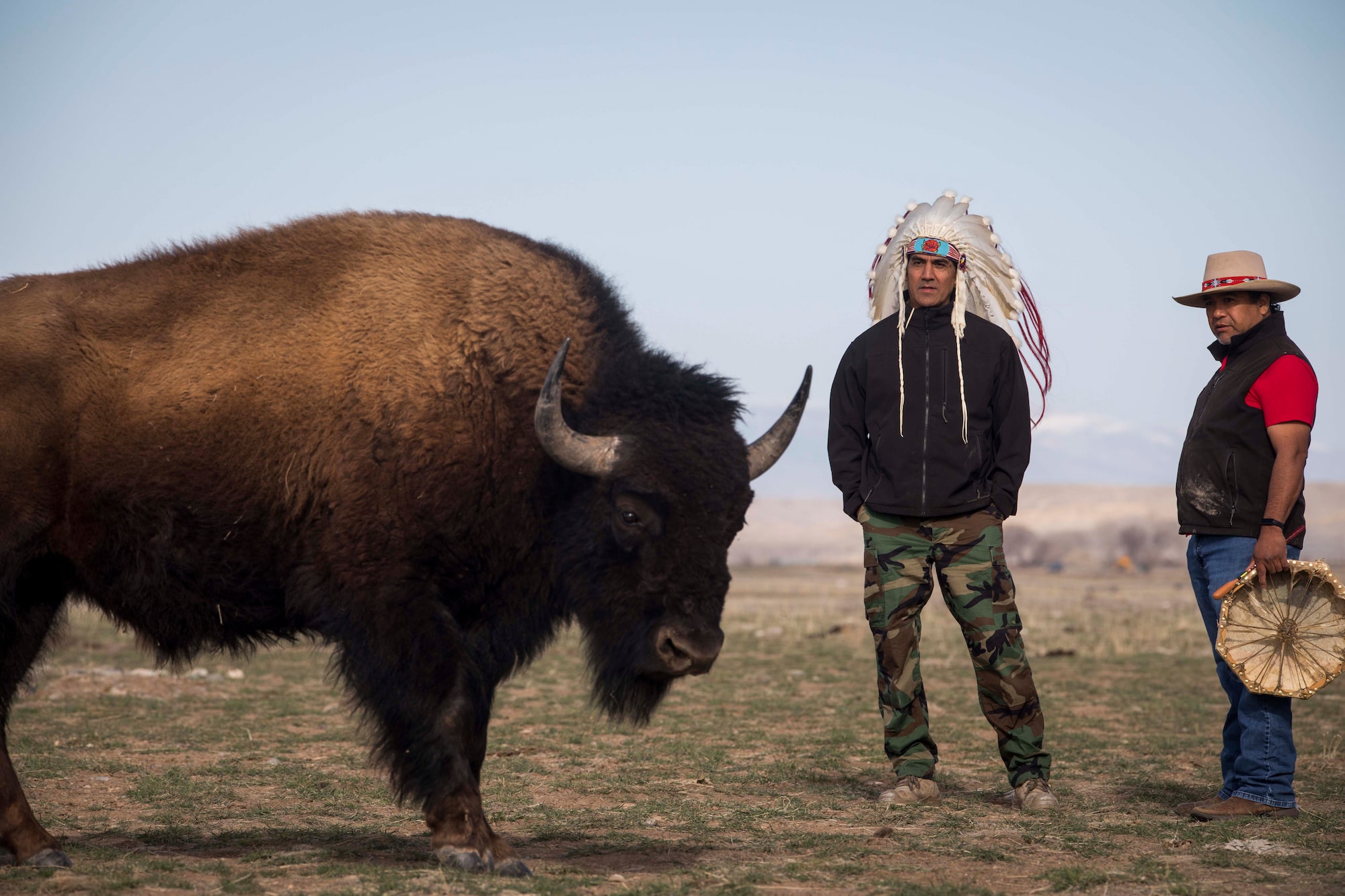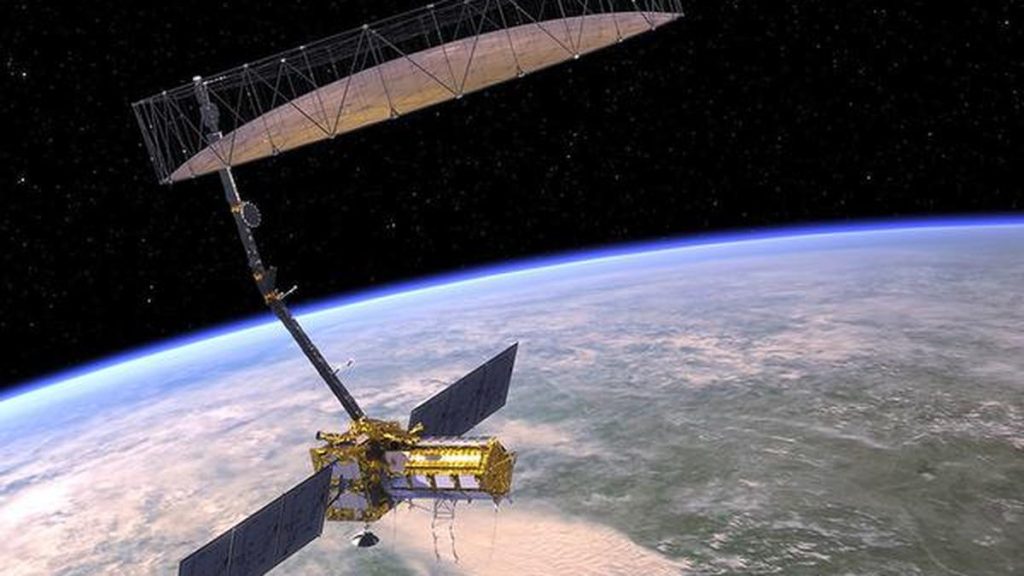Now Reading: Eastern Shoshone Reclassify Buffaloes as Wildlife in Wyoming
-
01
Eastern Shoshone Reclassify Buffaloes as Wildlife in Wyoming
Eastern Shoshone Reclassify Buffaloes as Wildlife in Wyoming

Swift Summary
- Recently,11 young buffalo were transported to the Wind River Reservation in Wyoming as part of efforts by the Eastern Shoshone and Northern Arapaho tribes to restore buffalo populations.
- The Eastern Shoshone voted to classify buffalo as wildlife rather of livestock, signaling a shift towards treating them like elk or deer rather than cattle. northern Arapaho may follow suit.
- Buffalo restoration supports food sovereignty, cultural preservation, nutrition, and biodiversity. Increased biodiversity can promote drought resistance and help carbon storage in the soil.
- Historically, overhunting during settler expansion reduced bison numbers from 8 million (in 1870) to fewer than 500 within two decades. current wild bison populations stand at approximately 20,000 in North America.
- Comparisons show that while both cows and buffalo emit methane gas contributing to climate change, managing buffalo differently allows them to promote ecological health without damaging landscapes like poorly managed cattle often do.
- Wyoming has controversial rules for managing buffalo categorized both as livestock and wildlife. Around 70 hunting tags are issued annually for buffalo in the state.
- Montana has raised concerns about Yellowstone’s growing wild herd management plan amid fears of disease transmission (none recorded so far) between bison and cattle.
- Tribal sovereignty enables Native tribes on reservations like Wind River to make autonomous decisions regarding wildlife classification.
Images available:
- Three bulls resting at Eastern Shoshone Buffalo Enclosure (View Image).
- A bull relocated from Colorado roaming its new home (View Image).
- Ceremonial events such as buffalo release, traditional songs (View Images).
Indian Opinion Analysis
The reclassification of buffalo by Eastern Shoshone tribal members highlights a meaningful moment not only for ecological conservation but also for indigenous sovereignty on wildlife management practices within reservation lands. This decision emphasizes a shift away from Western economic paradigms prioritizing animals solely as commodities.
ecologically speaking, restoring native species such as the American bison supports greater biodiversity while addressing concerns around sustainable landscape management amid increasingly erratic climate patterns impacting regions like Wyoming through droughts or wildfire risks.
From an environmental perspective applicable globally-including India-initiatives promoting regenerative grazing methods offer valuable insights into balancing farming practices with ecological restoration goals without overburdening fragile landscapes prevalent globally given rising demographic trends-heavy pressures agriculture adaptation now unavoidable-focused rightful manageable proportions inclusions enrich similar projects needed custodianship community linked preserving autonomy species local icon valued unparalleled needs proportional across societies






















